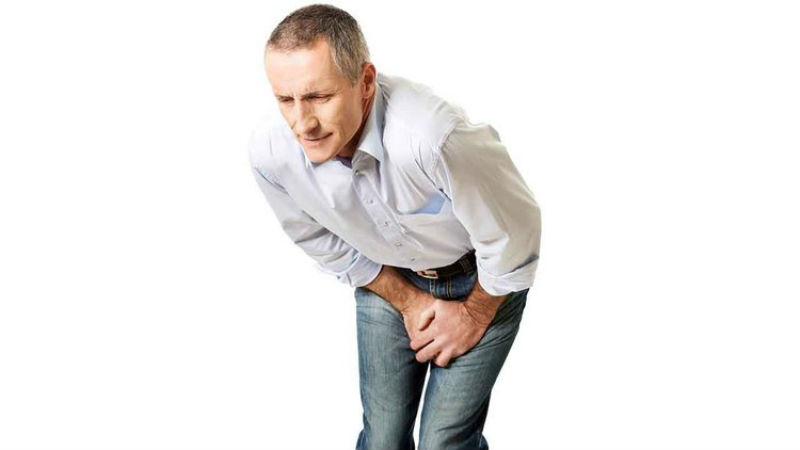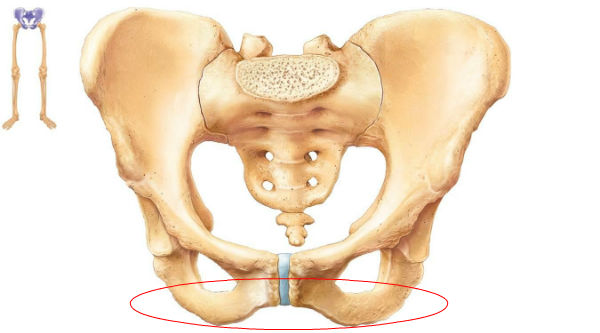
Determining whether you have a full on Sports Hernia can be extremely difficult. The injury is very complex and relatively new in the medical community, making a proper diagnosis difficult to obtain unless you visit a specialist.
Get the ULTIMATE Sports Hernia Master Guide with 30+ included resources, an in-depth rehabilitation program, tips, tricks, and more! Successfully diagnose, treat, and cure your sports hernia with this complete master guide created by a sports hernia specialist. Note that it is still highly recommended to read this article in full to understand how to get the most out of the guide to treat and cure your sports hernia or groin pain.
Sports Hernia Symptoms: Males
- Tenderness in the groin area, usually originating from the pubic ramus (the crown of the pubic bone–figure 1 below)
- Pain or hesitation when standing quickly, rising from bed, or sitting down to use the rest room
- Pain that increases when you jog or run
- Pain that becomes very intense when you move from side to side or flex your abdominal muscles
- Pain can be sharp, dull, or a general tenderness
- Pain can travel into the testicular region—seen in roughly 25% of all cases

Figure 1: The Pubic Ramus is located at the bottom of your pubic bone and hip region near your groin area.
If you are one of the few with testicular pain and haven’t already had surgery, making sure to get the minimal repair technique is essential. If you have already gone under the knife, get the original mesh removed as soon as possible.
It is important to make sure it isn’t simply a pulled groin. We have covered this in great detail in our groin pain guide.
The short and sweet answer, however, is that you will not be able to truly know whether you have gilmore’s groin until 6-10 weeks pass.
During this time period you have two options:
- Assume you don’t have the full-blown indirect hernia and don’t follow the proper rehab protocol
- Begin the correct rehab approach immediately
Obviously, you should pick the second option if you are actually serious about healing and returning to sport or simply a pain-free life.
One notable study concluded that one of the biggest factors to a full, successful recovery was an immediate diagnosis which led to rehab starting immediately.
Bottom line: if you start to strengthen and rebuild mobility in your hip and groin area as soon as you feel pain, your chances of a full recovery increase exponentially.
Knowing that you need to begin rehab and actually doing it correctly are unfortunately two different things. Most doctors will prescribe the normal approach of rest, ice, compression, and elevation. Not only does this not work, it actually makes things worse as your body continues to become more injured while you ignore the root cause.
What is the true cause?
Inhibited, tight, and weak muscles in the hip compartment cause poor movement patterns (walking, running, posture while sitting and standing) as well as poor form while exercising. Over time, these bad habits cause your body to develop unevenly as stronger muscles compensate for weaker ones.
Ultimately, this leads to injury.
The only solution is to begin strengthening those weak muscles which will then begin to activate and take pressure off of the injury site, allowing it to finally heal.
Our extensive sports hernia treatment program includes the exercises you need to do, and more importantly those you shouldn’t. Whether you have a pulled groin, or the much more serious indirect hernia, the full rehabilitation timeline will guide you through the 10-week process to get rid of your debilitating pain.
